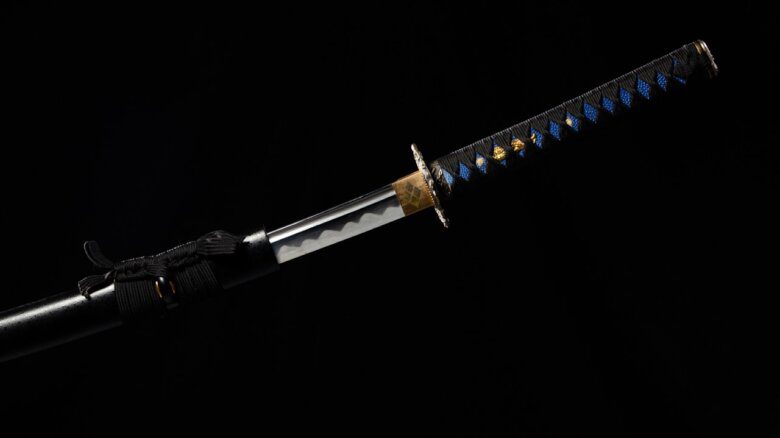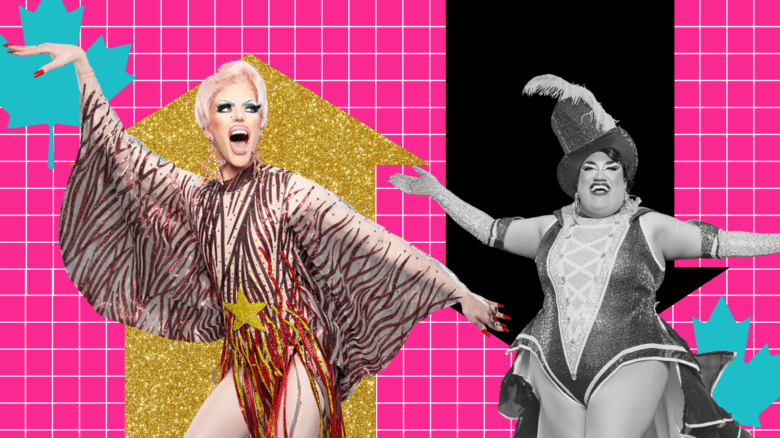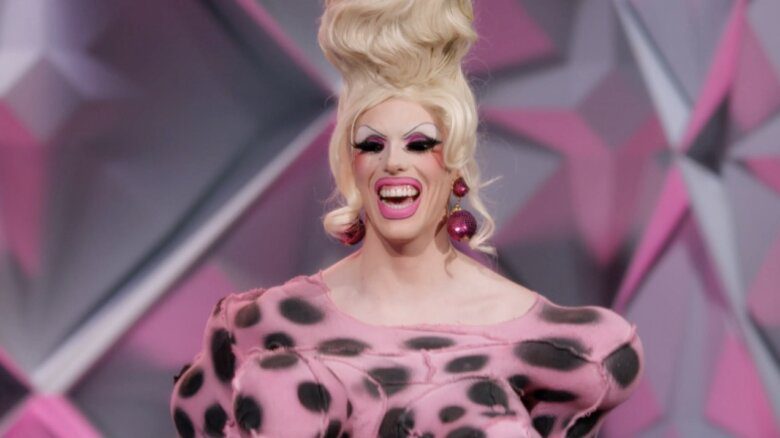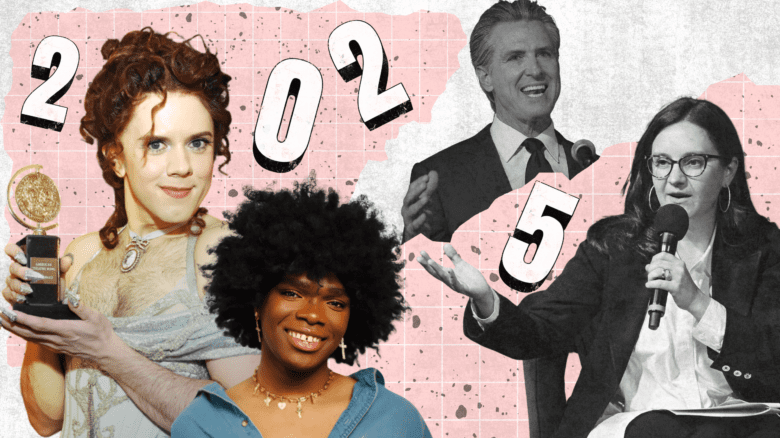Forget everything you know about being queer.
Currently in its final weeks at the Gladstone Hotel, the third-annual That’s So Gay exhibit is looking to reclaim what it means to be queer during this year’s Pride season.
Curated by artist Sholem Krishtalka, the exhibit features the work of 12 artists and their commentary on alternative queer culture. This year, the exhibit focuses on challenging the gender binary and the role gender plays in how queer identities are understood.
“The stock idea of Pride shows is having people make pieces about what they desire,” Krishtalka says. “I wanted to change that.”
“The [exhibit] started by my wanting of male artists making pieces about women and vice versa,” he says.
Featuring both artists and subjects of a wide range of sexual, cultural and gender identities, the exhibit is a well-rounded look at the diversity of gender queerness.
While gender is often an under-discussed topic in regard to queerness, Krishtalka hopes this year’s exhibit will work to break the binary of maleness and femaleness inherent in society’s understanding of queerness.
“‘Man’ and ‘woman’ are not easy ideas or identifications,” he says. “Through that concept, this very fertile middle ground opened up, and the show really became about gender.
“I’m always trying to make Pride shows that tackle queerness obliquely that don’t exactly involve strict representations of desire,” he adds.
And That’s So Gay does just that.
Take Newfoundland artist Mikiki’s installation: a candid Skype interview with Canadian trans performer Lexi Tronic entitled Birthday Suit, it is an explicit exploration of Tronic’s body and what it means to be trans, discussing everything from her penis to the tattoos that cover the scars on her breasts.
Or take Kyle Lasky’s Lesbian Bedrooms II. The follow-up to an infamous earlier series, Lasky overcomes gender barriers to depict his understanding of lesbian identity and invites viewers behind the closed doors of lesbian living from a male perspective.
Other notable installations include Elisha Lim’s portrait of racism-versus-gender presentation, Hannah Jickling and Helen Reed’s lesbian confetti eyelash sculpture and Andrew Zealley’s soundwave portrayal of a night shared between two female lovers.
The exhibit, conceived by Krishtalka in association with the hotel’s Gaystone gallery in 2010, aims to provide an alternative look at and challenge representations of queerness. Even the exhibit’s name is tongue-in-cheek, bearing its origins in the often-negative connotations of the phrase “That’s so gay.”
But underneath it all, the exhibit is exactly what it claims to be: gay. Through this, the exhibit encourages audiences to examine their own identities.
“There’s an element of Pride that is self-congratulatory,” Krishtalka says. “But it should also be an opportunity to reflect on what comprises the identity that you’re so proud of.”
And while not all artists featured in the exhibit are queer, the artwork in and of itself is inherently queer, and that’s what differentiates it from other traditional Pride exhibitions.
The exhibit may not be the end-all explanation of gender expression in queerness – in fact, Krishtalka writes that the showcase is “sure to raise as many questions as it will answer” – but That’s So Gay sparks a dialogue about what it means to be both male or female and queer.
“Part of being proud of your identity is thinking about not who you are, but discussing how you are,” Krishtalka says.
And that’s a discussion the queer community can learn from.
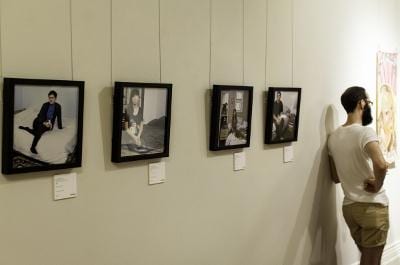
 Why you can trust Xtra
Why you can trust Xtra